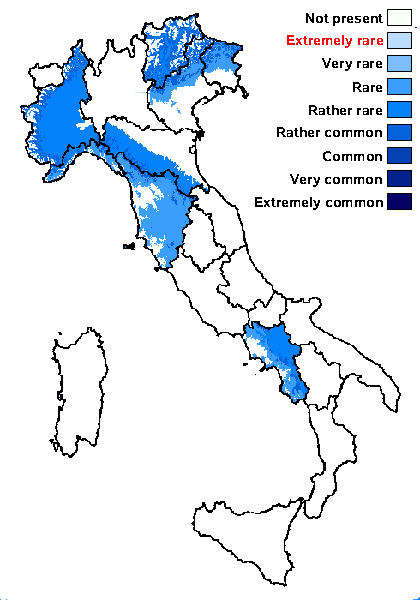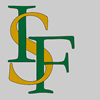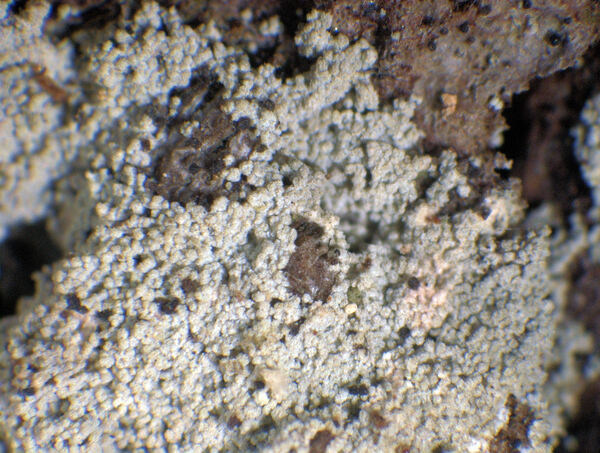Lepraria elobata Tønsberg
Sommerfeltia, 14: 197, 1992.
Synonyms:
Distribution: N - Frl (Baruffo & al. 2006), Ven (Baruffo & al. 2006, Thor & Nascimbene 2007), TAA (Baruffo & al. 2006, Thor & Nascimbene 2007, Nascimbene & al. 2009, 2010, 2014, 2022, Nascimbene 2014, Nascimbene & Marini 2015, Nimis & al. 2015, Trindade & al. 2021), Piem (Baruffo & al. 2006, Matteucci & al. 2010), Emil (Baruffo & al. 2006, Fariselli & al. 2020), Lig (Baruffo & al. 2006). C - Tosc (Baruffo & al. 2006, Benesperi & al. 2007). S - Camp (Baruffo & al. 2006).
Description: Thallus leprose, discontinuous and not stratified, initially composed of isolated granules that divide to form aggregations, eventually merging to form a <0.1 mm thick crust, pale to dirty blue-grey, usually poorly delimited. Medulla not evident. Granules (18-)25-45(-68) μm in diam., rather compact, usually without projecting hyphae, well separated from one another or sometimes gathered into up to 120 μm thick units. Photobiont chlorococcoid. Spot tests: K+ yellow sometimes turning brownish, C-, KC-, P+ yellow-orange, UV-. Chemistry: atranorin, stictic, constictic and cryptostictic acids, zeorin and very rarely an unidentified fatty acid (major to trace).Note: a mainly montane species in Italy, requiring humid conditions; it prefers acid bark not colonised by bryophytes, especially at the base of old trunks, but it rarely occurs also on soil, lignum, epiphytic mosses and siliceous rocks, often on more or less rain-sheltered surfaces.
Growth form: Leprose
Photobiont: green algae other than Trentepohlia
Reproductive strategy: mainly asexual, by soredia, or soredia-like structures (e.g. blastidia)
In underhangs rarely wetted by rain
Commonnes-rarity: (info)
Alpine belt: absent
Subalpine belt: rare
Oromediterranean belt: absent
Montane belt: rather common
Submediterranean belt: rather rare
Padanian area: absent
Humid submediterranean belt: rare
Humid mediterranean belt: absent
Dry mediterranean belt: extremely rare

Predictive model
Herbarium samples
Growth form: Leprose
Photobiont: green algae other than Trentepohlia
Reproductive strategy: mainly asexual, by soredia, or soredia-like structures (e.g. blastidia)
In underhangs rarely wetted by rain
Commonnes-rarity: (info)
Alpine belt: absent
Subalpine belt: rare
Oromediterranean belt: absent
Montane belt: rather common
Submediterranean belt: rather rare
Padanian area: absent
Humid submediterranean belt: rare
Humid mediterranean belt: absent
Dry mediterranean belt: extremely rare

Predictive model
| Herbarium samples |
 INDEX FUNGORUM
INDEX FUNGORUM
 GBIF
GBIF
 DOLICHENS
DOLICHENS




